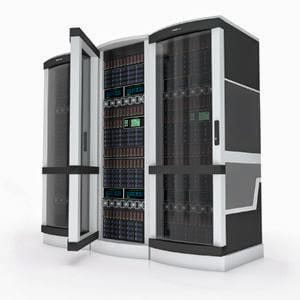What Happens When Hard Disk Fails in RAID 5
We are going to look at what happens when a disk happens to fails in RAID 5? How many disks can fail in RAID 5?
Raid basically means Redundant Array of Independent Disk. It’s a system that enables you to increase reliability. It allows you to combine many physical disk into an array to work as a single logical disk. i.e. this makes it possible to access the storage as a single partition in the computer/server.
Features of Raid 5
- Striped distributed parity
- Supports fault tolerance
- Supports redundancy/Parity
- Supports Hot spare options
- It requires a minimum of 3 disks
- It offers good performance
- Incase a disk fails, data can still be recovered.
- Raid 5 is very common because of the benefits it offers.
What happens when disk fails in raid 5
- Because of redundancy, the data can be available in cases where a disk happens to fail. A spare disk can be used to reconstruct.
- In cases where 2 disks fail, it will not be possible to access the data. You will be required to consult a data recovery company to recover the data.
- Raid 5 can withstand losing 1 disk but not 2 or more.



